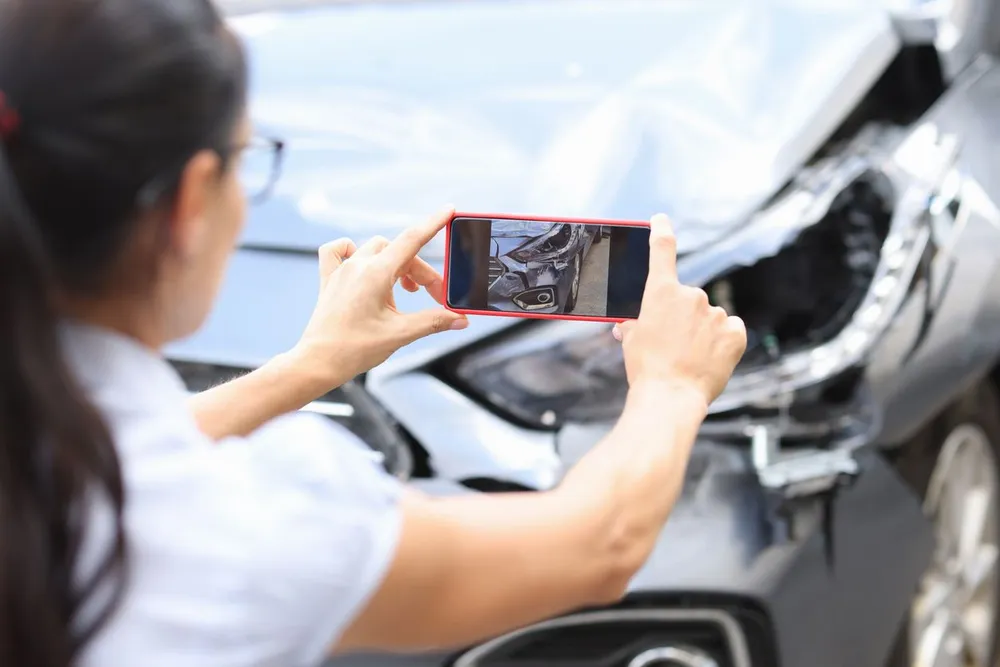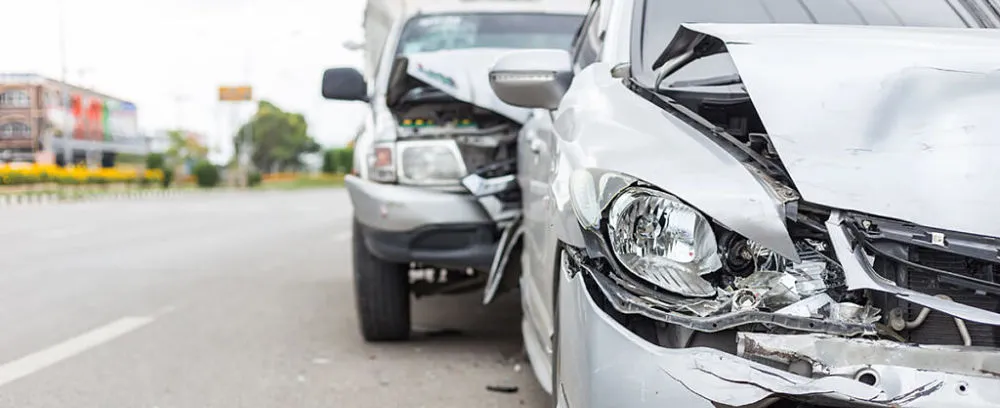Car accidents can be overwhelming, leaving victims with injuries, financial stress, and uncertainty about what to do next. While medical care and safety come first, protecting your legal rights is equally important. This guide explains the step-by-step legal process after a car accident to help you navigate insurance claims, liability issues, and potential lawsuits with confidence.
Step 1: Ensure Safety and Report the Accident
Immediately after a crash, move to a safe location if possible and check for injuries. Call 911 to request police assistance and medical aid. Reporting the accident creates an official record that becomes vital evidence in any legal or insurance process.
Step 2: Gather Evidence at the Scene
Documenting the scene is crucial for proving fault and liability later. Take photos of vehicle damage, road conditions, skid marks, and traffic signs. Collect contact details from witnesses and exchange information with the other driver, including insurance details and driver’s license numbers.

Step 3: Seek Medical Attention
Even if you feel fine, some injuries—such as whiplash or internal trauma—may not appear immediately. Medical records also serve as legal evidence that your injuries are linked to the accident.
Step 4: Notify Your Insurance Company
Most policies require timely reporting. Provide basic facts but avoid admitting fault until investigations are complete. Insurance adjusters often look for ways to minimize payouts, so sticking to the facts helps protect your claim.
Step 5: Understand Fault and Liability Laws
Car accident laws vary by state. Some follow “at-fault” rules, where the negligent driver pays damages, while others use “no-fault” systems requiring claims through your own insurance first. Understanding your state’s laws shapes how compensation is pursued.
Step 6: Consult a Personal Injury Lawyer
Legal advice ensures you don’t miss deadlines (statutes of limitations) or accept unfair settlements. A lawyer can negotiate with insurers, file lawsuits if needed, and maximize compensation for medical bills, lost wages, and pain and suffering.
Step 7: Keep Detailed Records
Maintain all accident-related documents, including police reports, medical bills, correspondence with insurers, and repair receipts. These records strengthen your case and help track damages accurately.
Conclusion
Taking the right legal steps after a car accident safeguards your health, finances, and rights. By following this guide, victims can move forward with clarity and confidence, knowing they’ve protected themselves both legally and practically.





